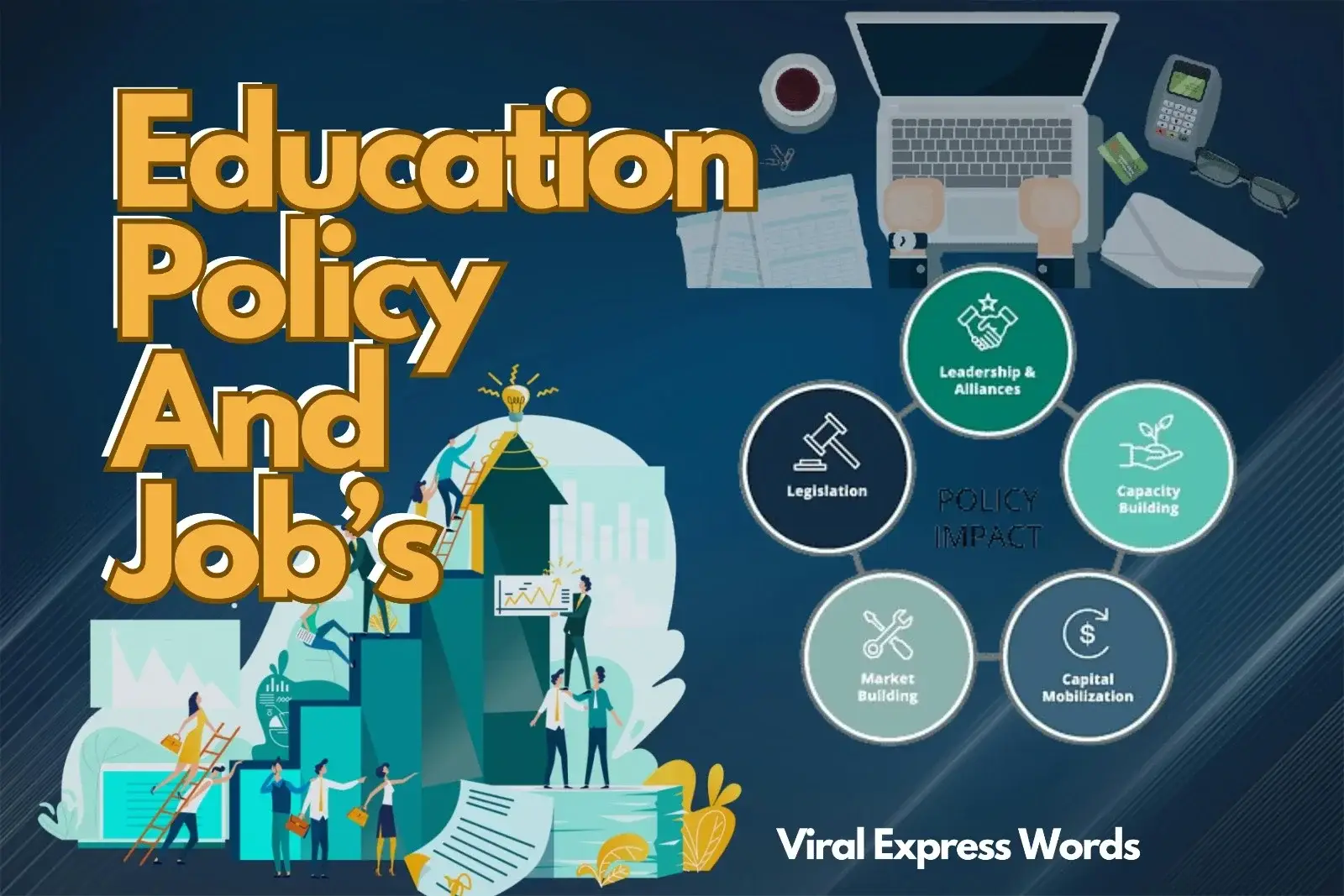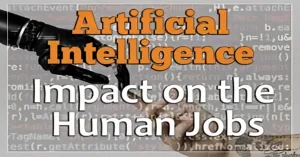![]()
Education Policies with Jobs: Examining How Careers
Introduction:
Education Policies with Job In the dynamic realm of professional and educational presentation, the amalgamation of fake awareness (replicated information) has become more prevalent. In light of 2024, it is essential to explore the astounding relationship between job prospects, display techniques, and the startling impact of artificial intelligence, especially concerning. The purpose of this blog post is to examine the main concepts, theories, and components that make up this particular scenario.
Education Policies: Enhancing Worker Competencies for the Evolving Job Market
Particularly in the context of education policy and labor markets, instructional strategies are essential for fostering worker capabilities. Education policies play a crucial role in preparing individuals for gig economy jobs, requiring the addressing of educational gaps, encouraging good practices, and granting access to top-tier education. As societal institutions adjust to the artificial intelligence-driven economy, training techniques that emphasize STEM, coding, and simulated intelligence are becoming more widespread.
Job Descriptions
Experts in education policy are crucial in understanding these changes, adapting educational programs, and bridging the gap between job market demands and educational offerings. Their responsibilities include labor force analysis, assessing educational initiatives’ effectiveness, and providing guidance on closing the skills gap to ensure a workforce prepared for the future.
Choosing the Right Education Policies:
The changing labor market demands a shift in education, with professional and specialized training programs focusing on developing marketable skills. Education policies that prioritize lifelong learning are crucial in the age of artificial intelligence. Online learning environments, skills-based training programs, and flexible educational policies are essential for adapting to the changing dynamics of the labor market.
You also like this post’s.
|
Unleash the Excitement: Exploring the World of Drone Racing! |
Understanding Economic Profit and Growth:
Keynesian financial theories, developed by Keynes and Robert Fogel, offer insights into the evolution of finance. Speculation, often linked to financial growth, affects development based on market conditions, machinery advancements, and efficiency improvements. Keynesian theories provide perspectives on addressing unemployment and growth using financial methods, while understanding the relationship between educational strategy and financial growth aids policymakers in creating sustainable trends.
Factors Driving Long-Run Economic Growth:
Robert Fogel advocates for long-term financial growth through institutional structures, technological advancements, and human resource enhancement. Education initiatives that focus on students’ interests and readiness skills contribute to the human resource pool, fostering economic development. Advances in technology, particularly in computer-based intelligence, can boost productivity and business growth. However, broad growth requires addressing erratic traits, providing training, and creating opportunities for underused networks.
Conclusion:
The 2024 study highlights the crucial role of collaboration between educators, legislators, and business partners in addressing the complex relationship between employment, computer-based intelligence. It emphasizes the importance of embracing development, fostering lifelong learning, and focusing on complete development for a hopeful future.
FAQs
1. What is the equation for financial benefit?
Subtracting explicit and implied expenses from absolute revenue yields a monetary advantage. The formula is as follows: Monetary Benefit = Total Income (Explicit + Implicit Expenses + Uncertain Expenses).
2. Does increased investment alone guarantee economic growth?
Although a more expansive theory could strengthen the monetary framework, its impact on the growth of money is dependent on a number of aspects, such as the results of the drives, technical advancements, and macroeconomic conditions.
3. Regarding unemployment and growth, what conjecture did Keynes make?
Keynesian economics posits that unemployment can persist due to insufficient aggregate demand in the economy. Keynes also argued that inflation could result from excess demand relative to supply.
4. What is a significant factor in long-run economic growth that Robert Fogel is best known for suggesting?
Robert Fogel emphasized the role that institutional frameworks, mechanical advancement, and the accumulation of human resources play as the main forces behind long-term financial growth.
5. What is the job description of education policy and research professionals?
Methodology and examination experts are responsible for evaluating learning designs, determining how practical processes are, spearheading workforce research, and advising administrators on how to advance educational systems.
6. Which type of education is best for securing a job?
There isn’t a universally applicable solution. Customary academic paths as well as professional/specialized training initiatives might expand to include important skills for the job market. However, no matter the instructional approach used, ensuring popular talents, adaptability, and continuous learning remain vital.
7. What is the formula for normal profit and economic profit?
On the other hand, financial benefit considers both explicit and implicit costs in its calculation.
8. Does increasing investment lead to economic growth?
By stimulating innovation, job creation, and advancement, expanding endeavors may contribute to financial development. However, the suitability of projects depends on several elements, such as the kind of investment, infrastructure, and management style.
9. Will an increase in investment lead to a higher rate of economic growth?
Although more speculation may lead to faster rates of financial growth, its impact depends on factors such as venture distribution productivity, innovation progress, and macroeconomic stability.
10. What is the Keynesian response to inflation?
By lowering total interest, policies like raising government rates, cutting government expenditure, or raising lending fees may help manage inflationary pressures.

























Add Comment